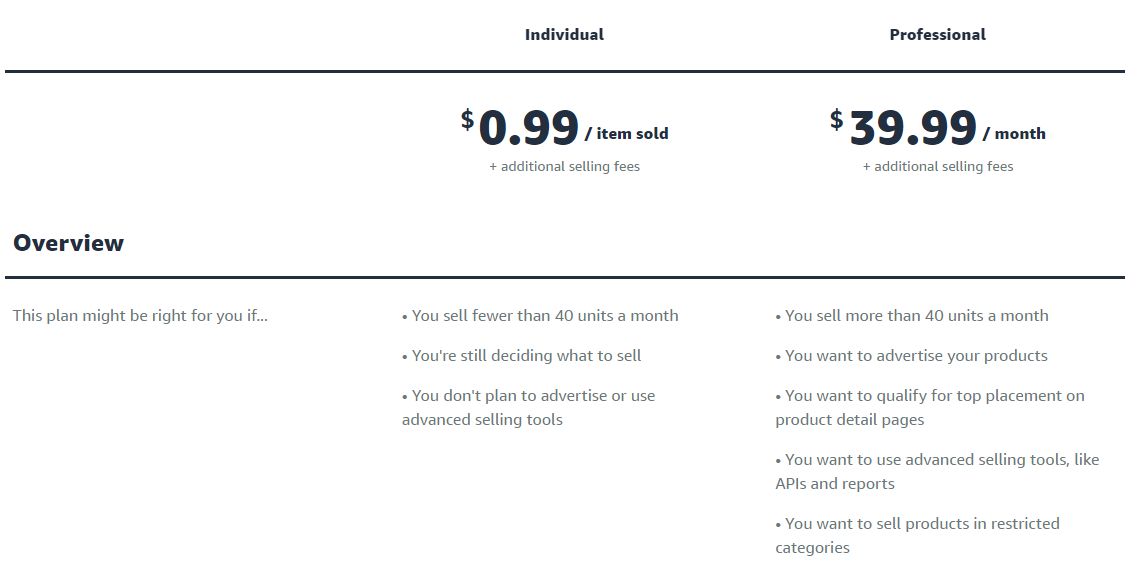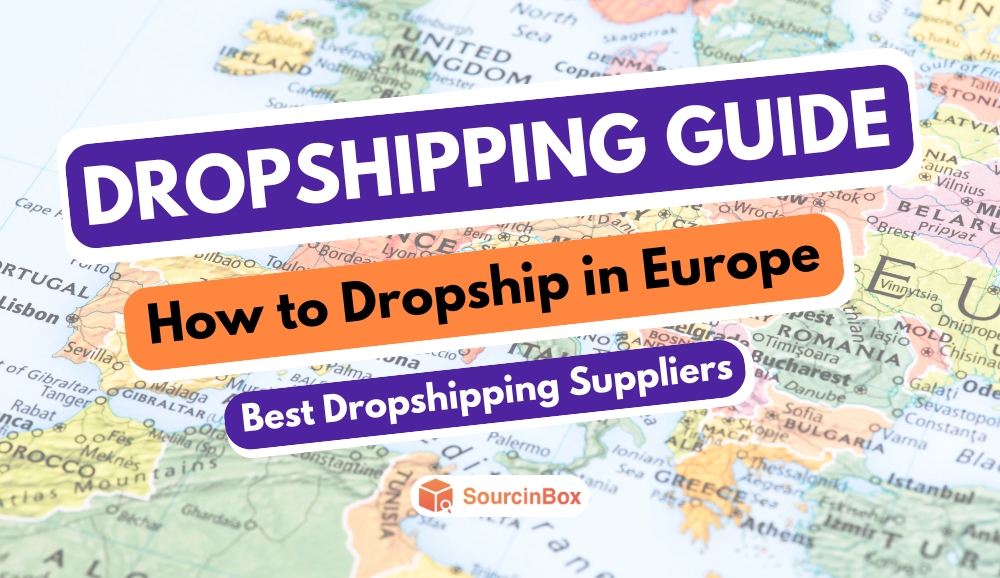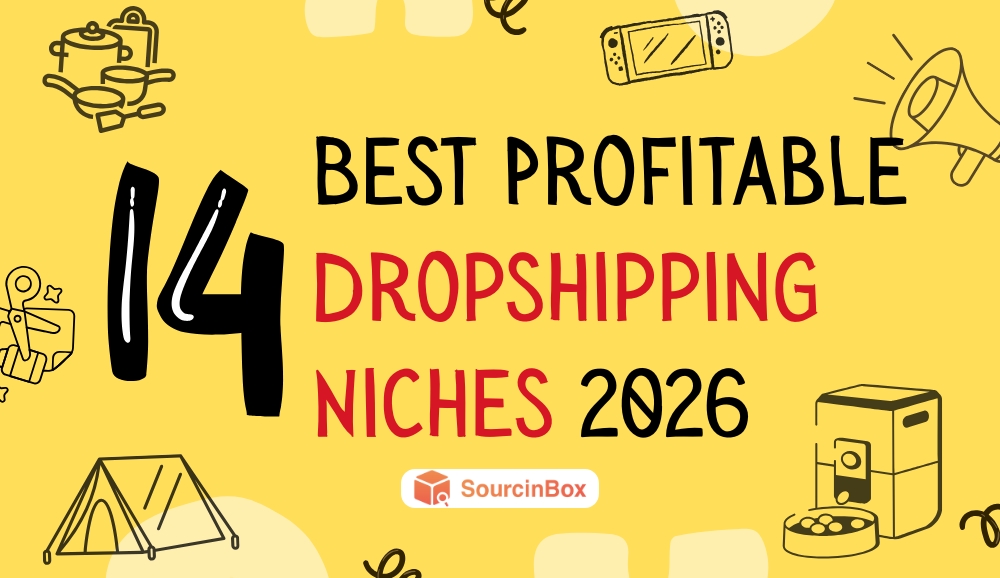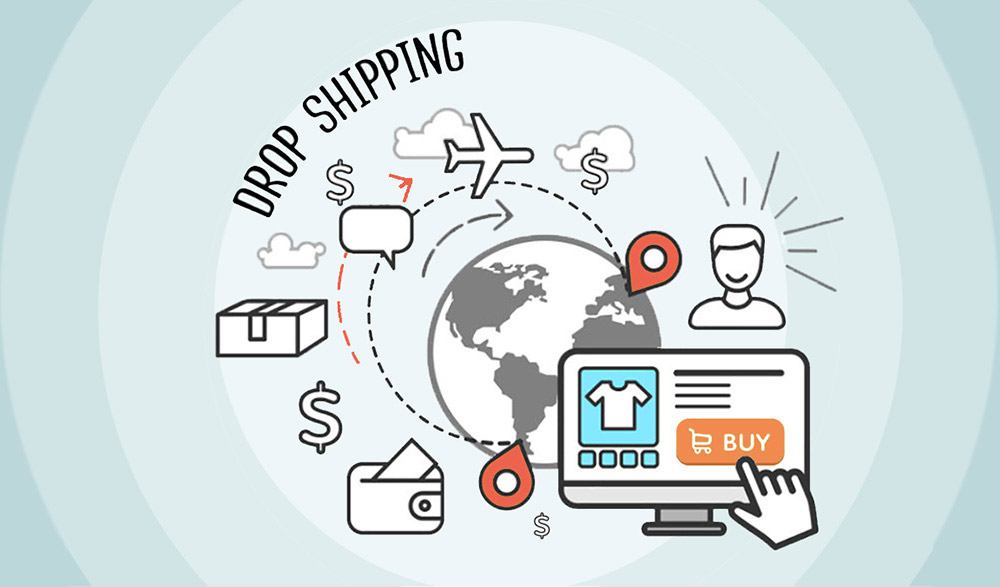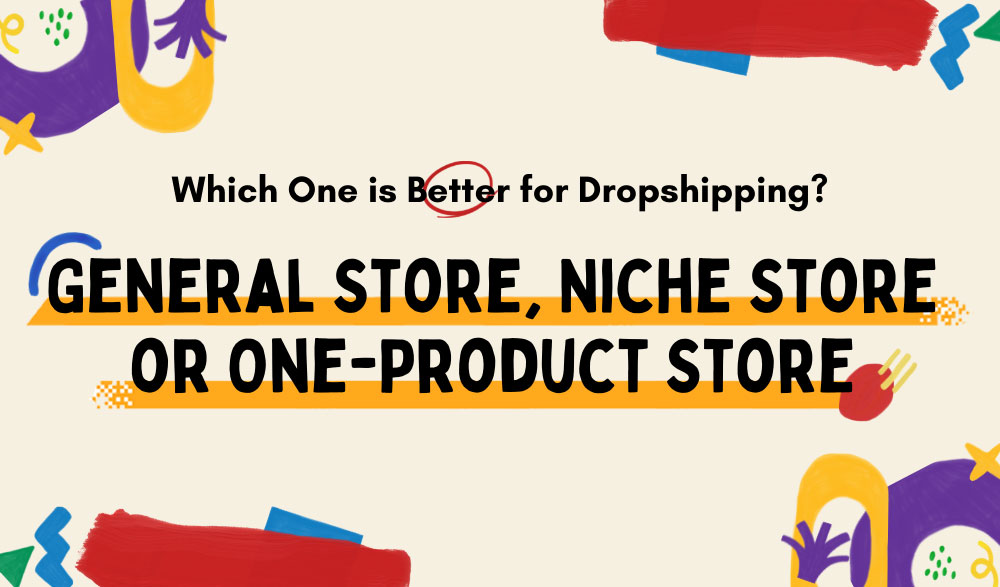Amazon Dropshipping, Amazon FBA, or Amazon FBM - Which Is The Best in 2024?

SIB Content Team
More and more physical business owners start to launch their first e-commerce stores on e-commerce platforms or marketplaces. Among them, Amazon has attracted the attention of many sellers by its 40% market share in all e-commerce markets. Compared to Shopify or other self-run e-commerce sites, with Amazon, you’re standing on the shoulders of a giant, and it is easy to take advantage of all the built-in traffic.
If you are not sure which Amazon business model is the best for you to start in 2023, you may need this article to learn more about the three types of Amazon business: Amazon Dropshipping, Amazon FBA, and Amazon FBM.
What is Amazon Dropshipping?
Amazon dropshipping is a business model that you list and sell products on amazon without inventory or delivering products to your customers. It is the same as the classic dropshipping model. First, you need to find the right product to sell, then you need to find dropshipping suppliers to provide products for you. After identifying the supplier, you can list your products on Amazon and begin promoting them. Once a customer places an order with you on Amazon, you need to forward the order information to the supplier and pay for the product and shipping cost. Then the supplier will ship and deliver the product to the customer directly.
|
PROS |
CONS |
|
More Free Traffic: Amazon has the largest market share with constant customers.
Less Investment Time: Dropshipping can save you a lot of time because you don’t need to package and ship the products yourself. This leaves you time to focus on your product marketing.
Low Upfront Cost: You don’t need to store the products yourself or manage your warehouse so that you can save the inventory fee and management cost.
Low Risk: You can sell a wide variety of categories without breaking the bank and it is flexible for you to start or stop selling a product because you don’t need to worry about the loss caused by the inventory backlog. |
Cutthroat Competition: Since dropshipping is easy to start, there will be a lot of sellers trying to sell the same products as you. You can only pray that you can have the highest sales at the lowest price.
Poor Control On Products And Supply Chain: The product quality, packaging, and delivery time depend on the supplier so it is hard to control them correctly on your behalf.
Difficult After-sales Service: As the customers will only have your contact details, you will be responsible for any after-sales issues such as non-delivery or damaged products. And your supplier may not support refunds or reshipment.
Multi Rules: Amazon has many rules and guidelines on dropshipping, and you must ensure that you adhere to these rules or risk being penalized.
|
What is Amazon FBA?
Amazon FBA means “Fulfilled By Amazon”. Before selling, You need to prepare your products for safe and secure transportation to the Amazon warehouse. And then ship your products printed with Amazon shipment ID labels to Amazon warehouse, and store your products there until you have store orders. Once you get an order for the product on Amazon, they will pack, ship, and deliver the product to your customer from the Amazon FBA warehouse. So it requires some upfront investment to start Amazon FBA because you have to pay for the inventory fees and fulfillment fees before you make a profit.
Compared to Amazon dropshipping, fulfilled by Amazon seems more reliable than fulfilled by a third-party supplier because you can control the product quality and packaging yourself, and the delivery time is fast with FBA. But is FBA better than Amazon dropshipping? We have to evaluate it from its pros and cons.
|
PROS |
CONS |
|
Fast Delivery: When you list products for FBA, they are eligible for Amazon Prime free two-day shipping and free shipping. You’ll have to pay for premium shipping rates to do that because it’s included in the service.
Cost-effective: You are going to spend less on your shipping cost through the Amazon FBA program. Even if you have to pay inventory fees and fulfillment fees, it’s still cheaper than managing shipping and fulfillment yourself.
7/24 Customer Support: Amazon FBA customer service is provided at no extra charge for managing customer inquires, refunds, and returns for FBA orders.
FBA Return: Amazon will deal with the refunds and returns for orders fulfilled by Amazon. But the returns processing fees are required.
Multi-Channel Fulfillment: The Amazon MCF service allows you to sell on other platforms (such as eBay), but is fulfilled by Amazon. |
High Upfront Cost: FBA is indeed a good choice for Amazon sellers, but it includes a variety of service fees. It’s not friendly for those who are trying to get started. You can use FBA Revenue Calculator to estimate the FBA cost for a new product.
High Risk: You have to ensure the inventory of each product in the FBA warehouse is sufficient. So when your sales drop suddenly, It’s hard to handle the inventory. You can choose to pay for long-term storage or have Amazon return or dispose of your inventory for a per-item fee. What’s more, there would be more returns because customers can easily ask for returns due to the FBA return policy.
Product Restrictions: Amazon has plenty of policies on products selling through FBA. You need to be very clear about which products are restricted.
FBA Payment: Since you are going to pay various fees for FBA, you have to keep a sufficient balance, and Amazon doesn’t allow payment extension. |
What is Amazon FBM?
|
PROS |
CONS |
|
Low Pressure: FBM can reduce the service fees paid to Amazon and the pressure on funds. New sellers can easily start.
Better Control: You could better control the product quality, the inventory, and the delivery process.
Low Risk: You can make reasonable adjustments at any time according to Amazon's policies to reduce losses.
Brand-Friendly: You can test products more freely and directly provide services to your customers on behalf of your own brand. It’s friendly for building your own brand. |
Time-Consuming: You need to spend a certain amount of time on delivery and customer service, as well as manpower to deal with these trivial things.
High Shipping Cost: Since you will ship the products yourself, you don’t have many options for shipping and the cost could be high for cross-border packages. And you may cause customer loss due to long shipping times.
Competitive: Compared with FBA sellers, It is more difficult for you to win the “buy box” opportunity. |
Costs of Selling on Amazon
